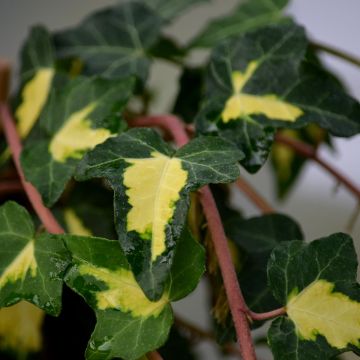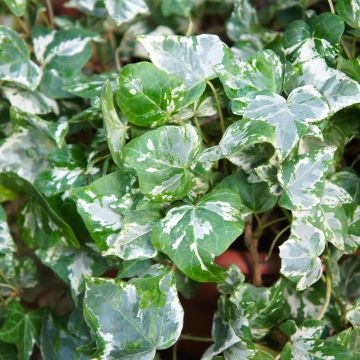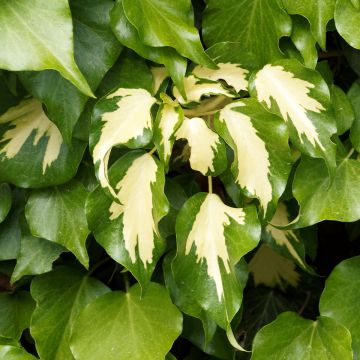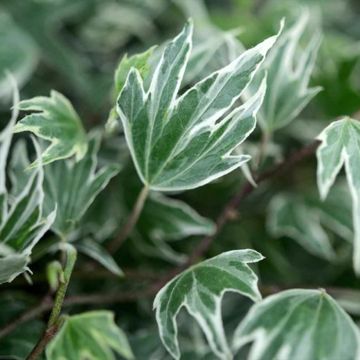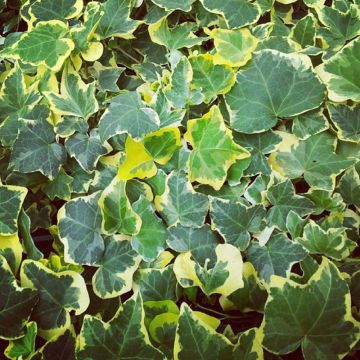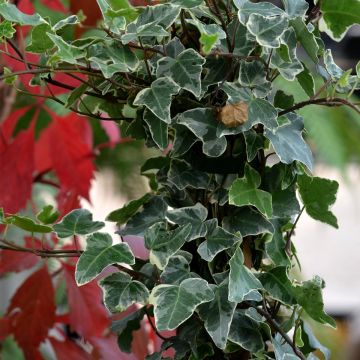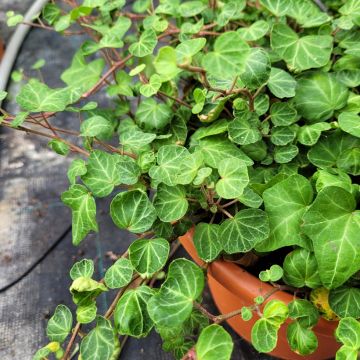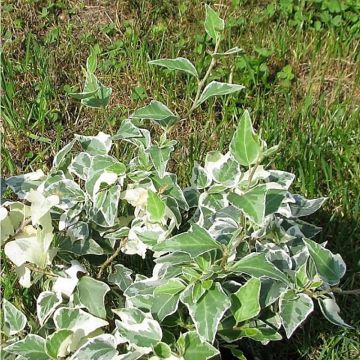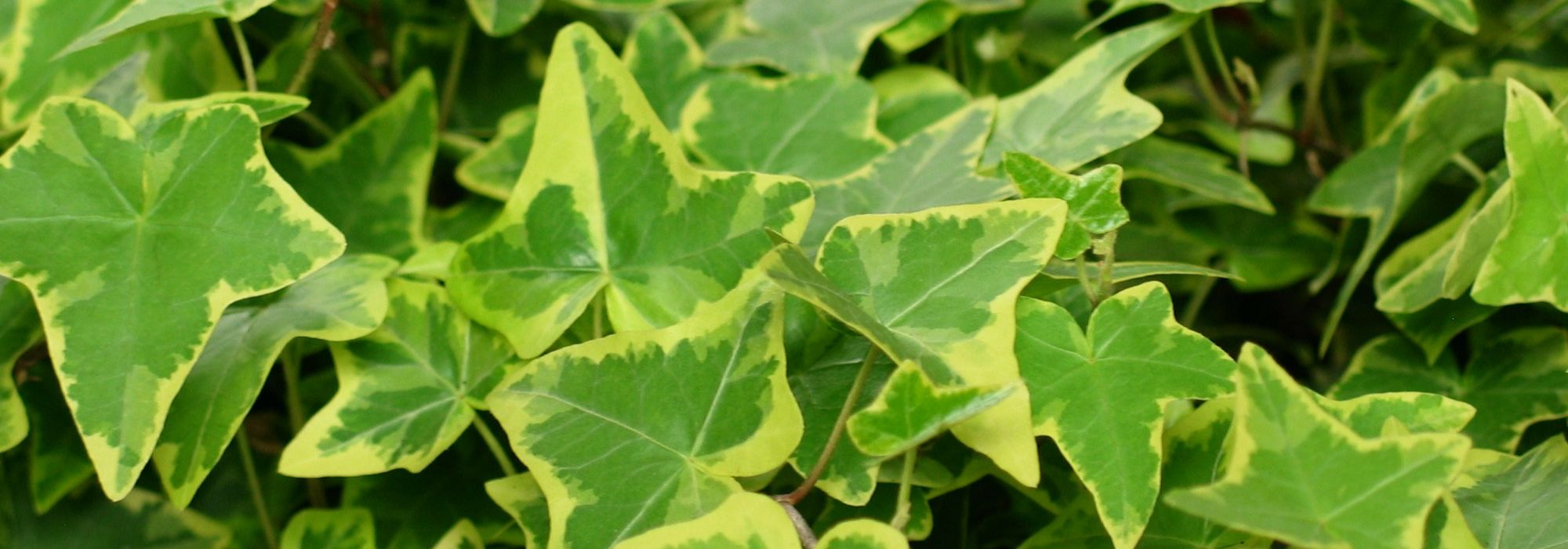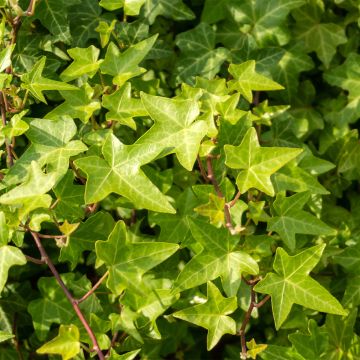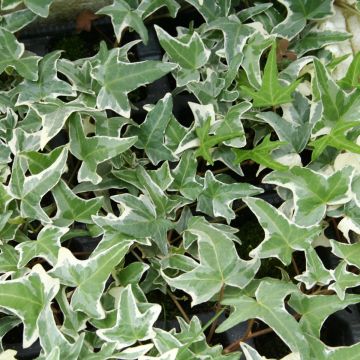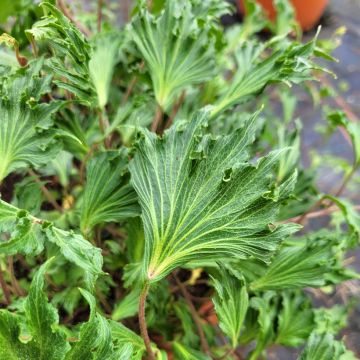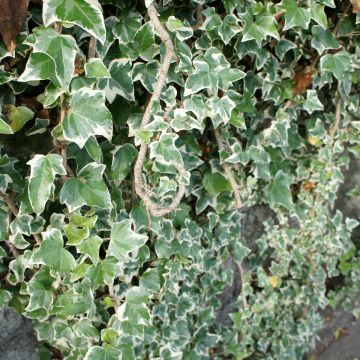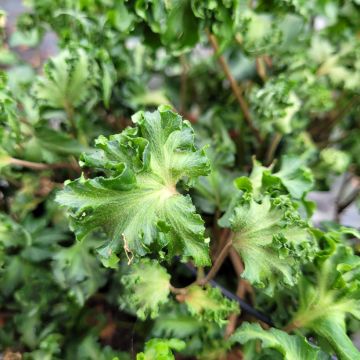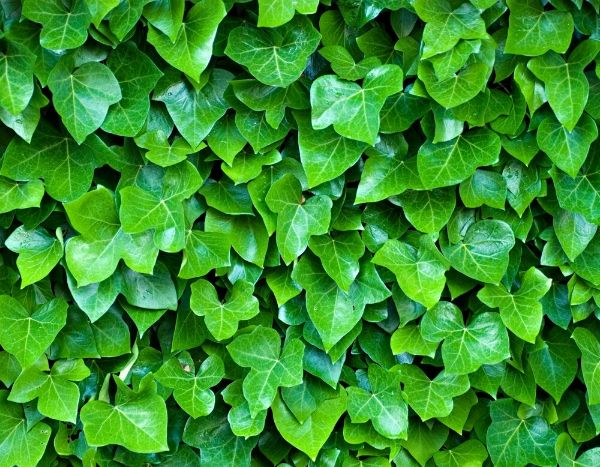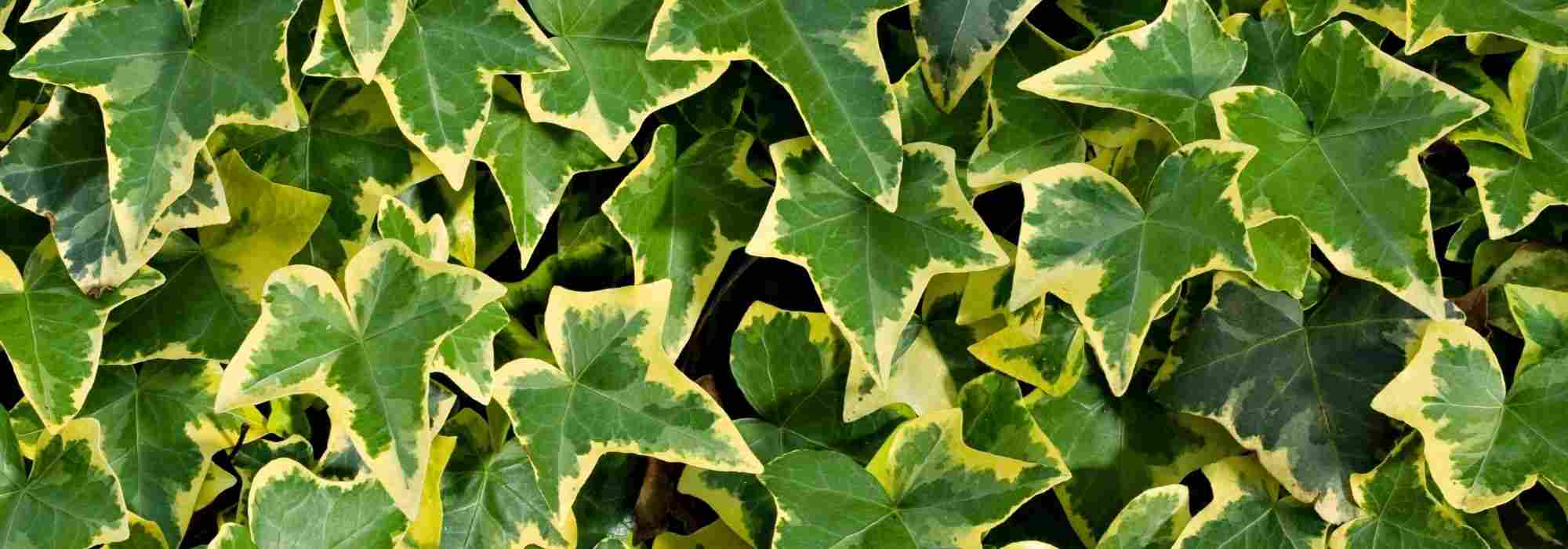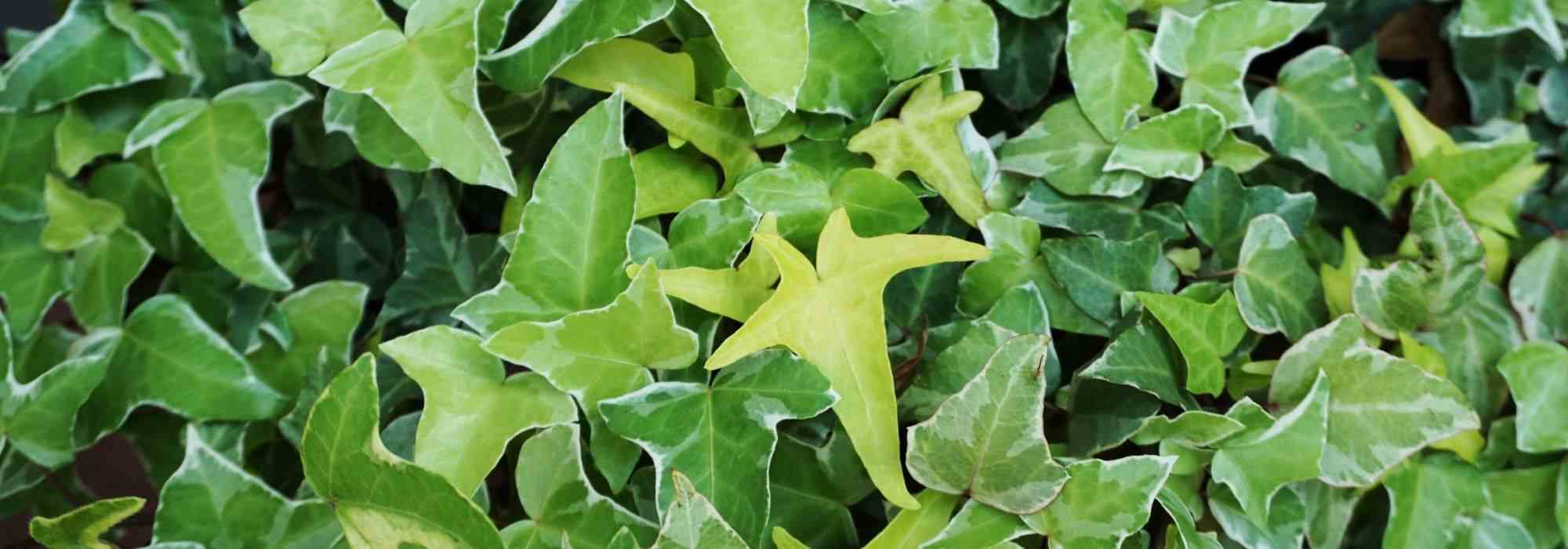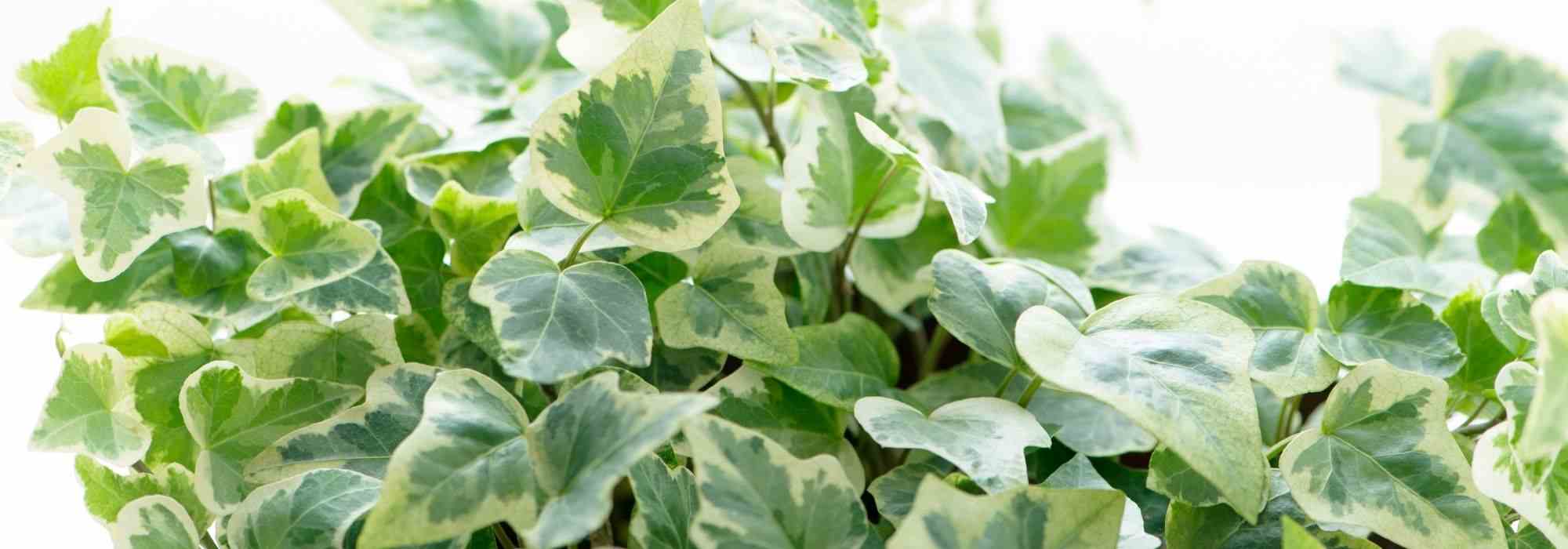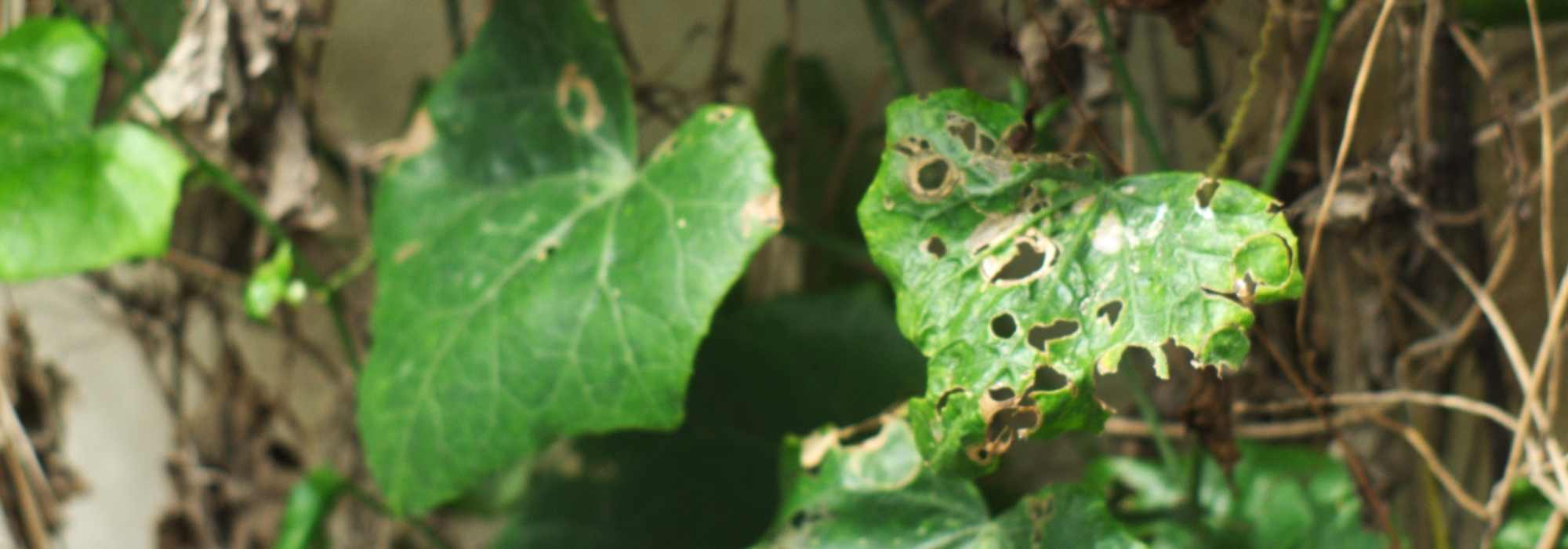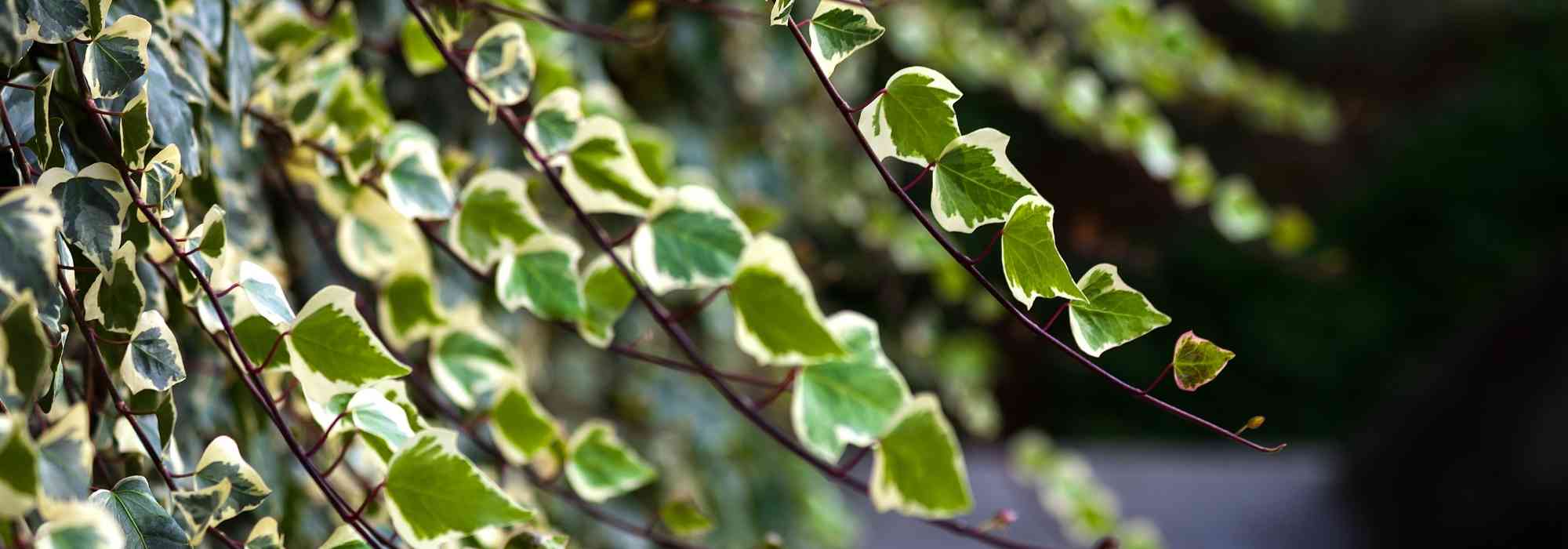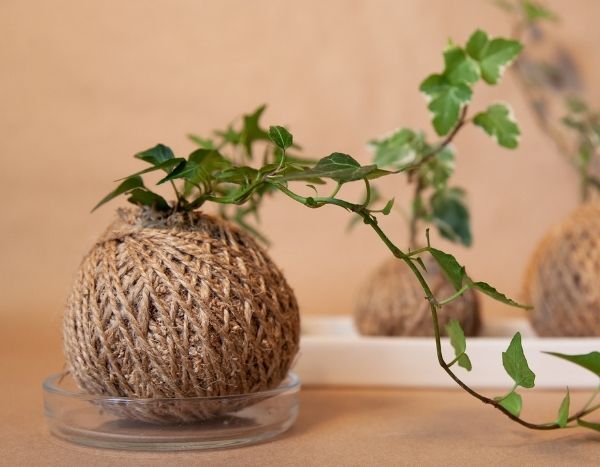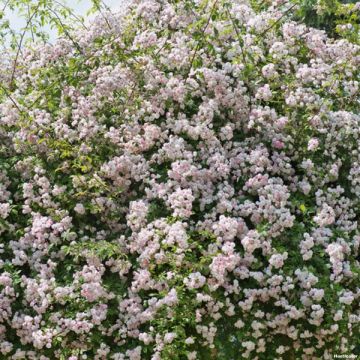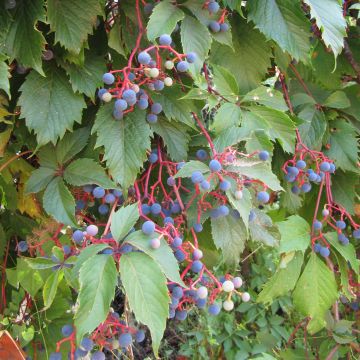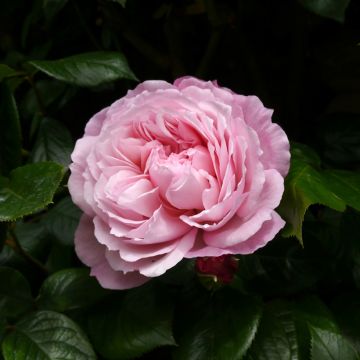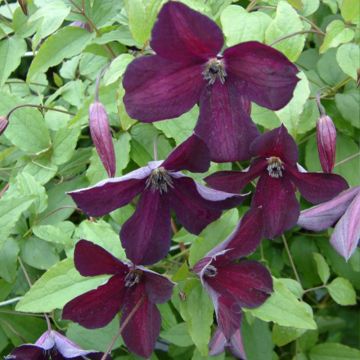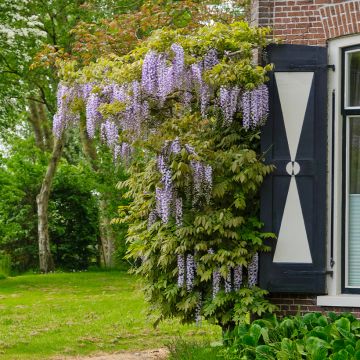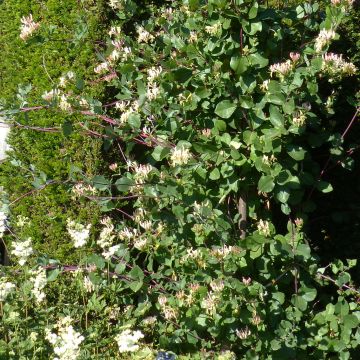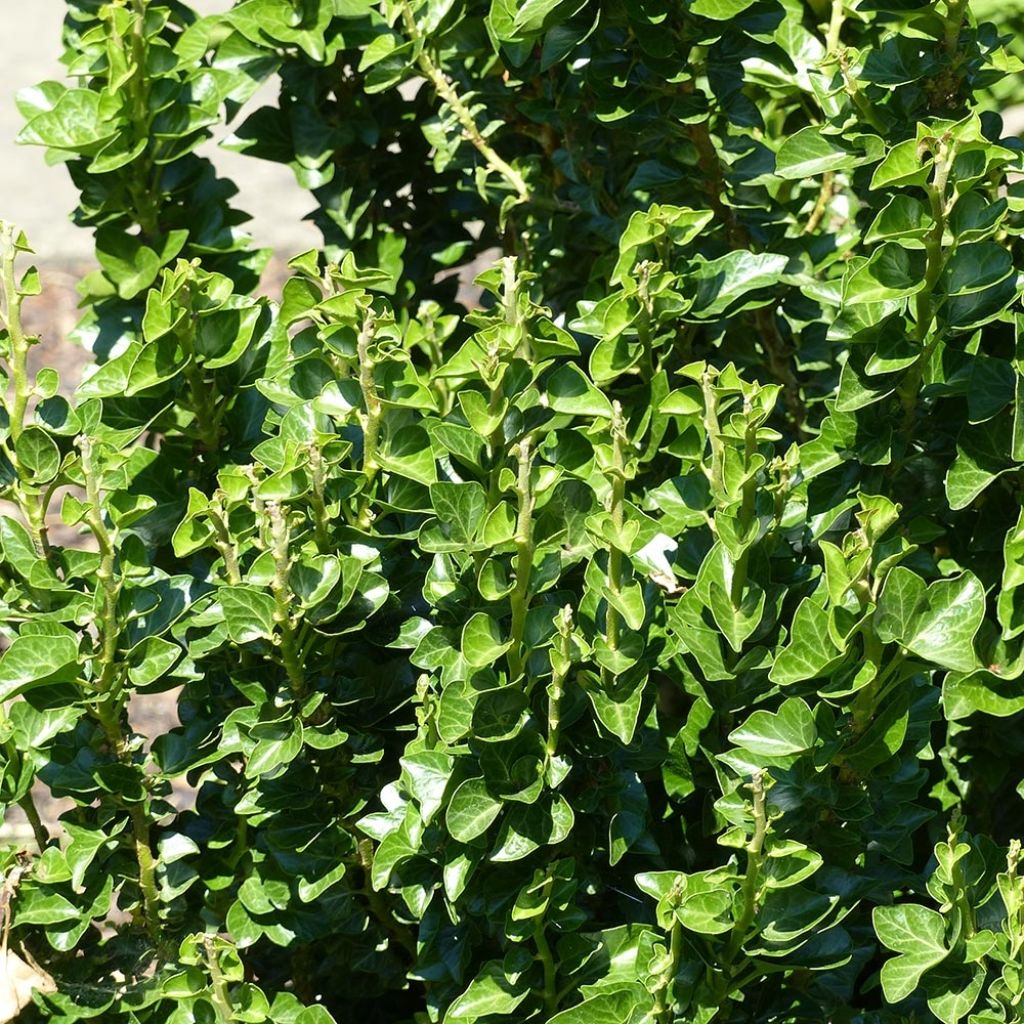

Hedera helix Erecta - Common Ivy
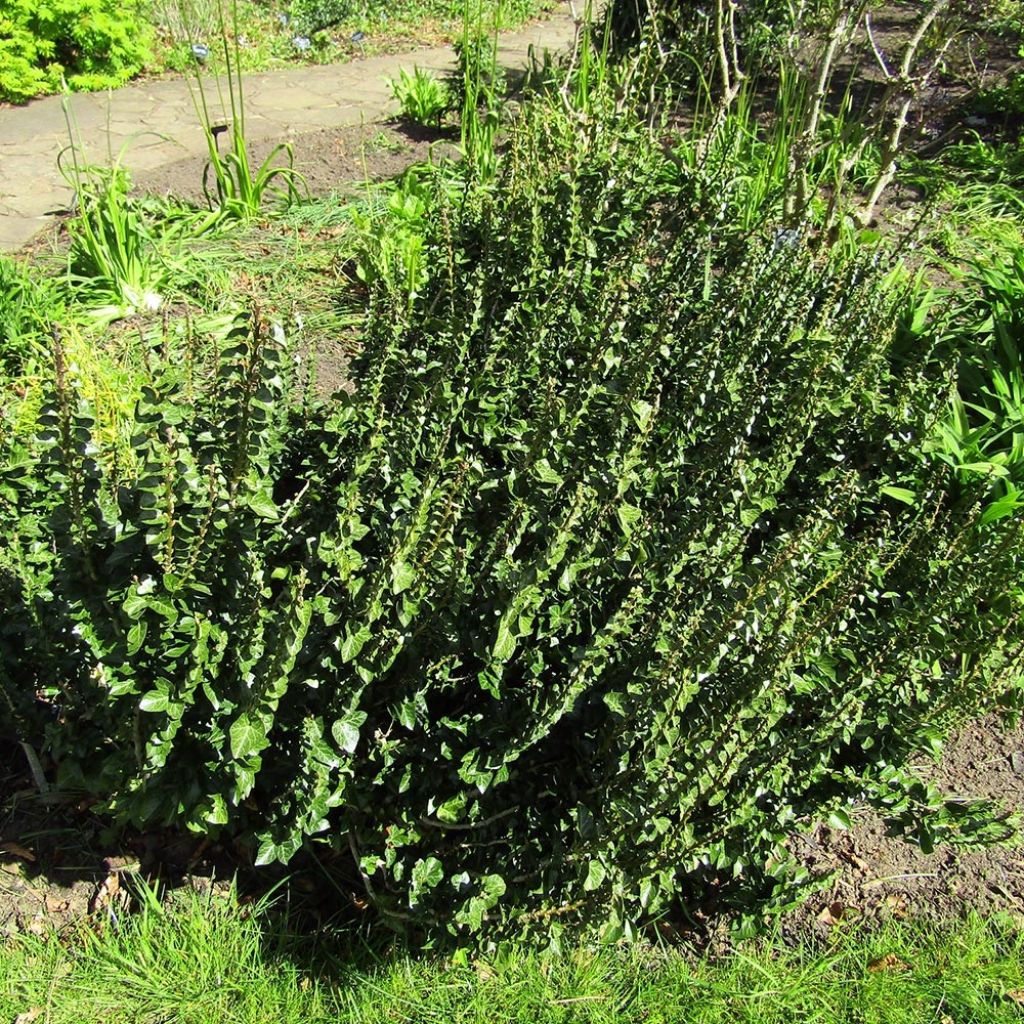

Hedera helix Erecta - Common Ivy
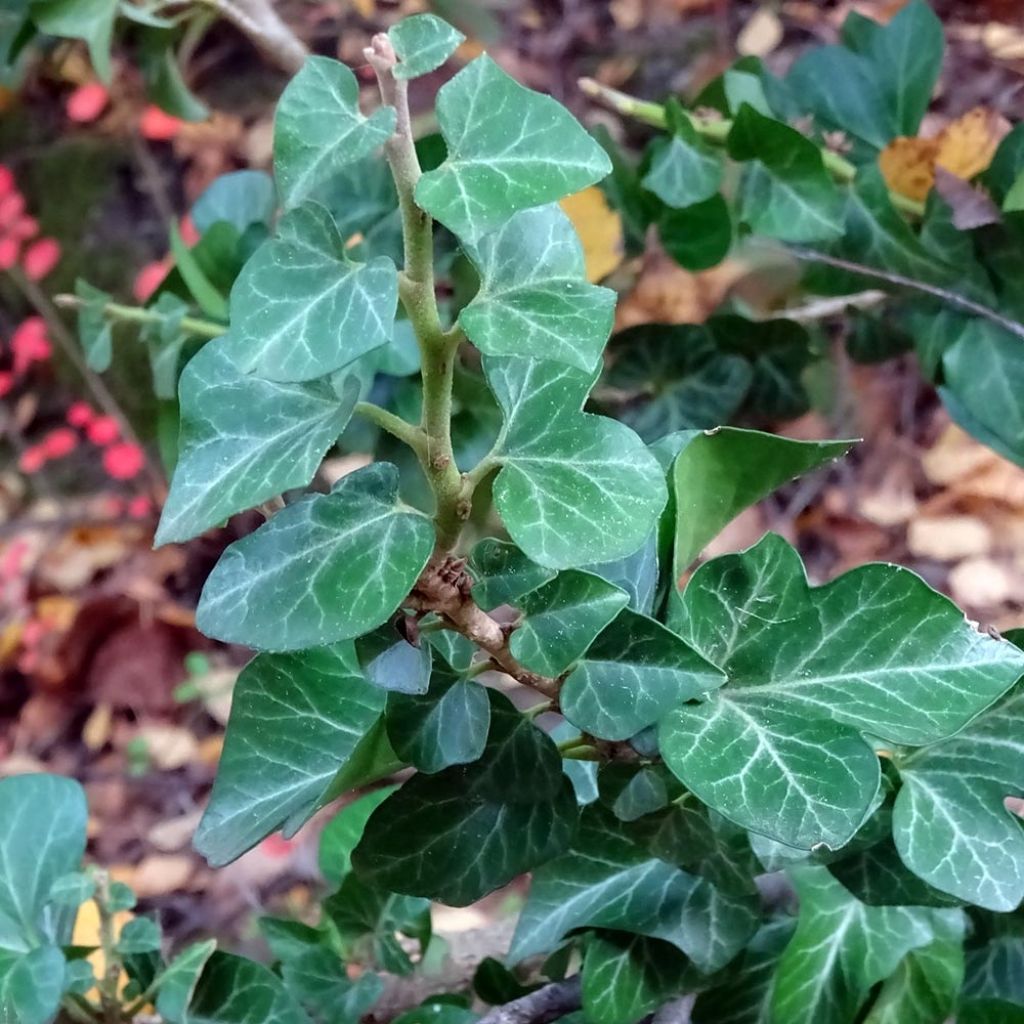

Hedera helix Erecta - Common Ivy
Hedera helix Erecta - Common Ivy
Hedera helix Erecta
English Ivy, Common Ivy
Special offer!
Receive a €20 voucher for any order over €90 (excluding delivery costs, credit notes, and plastic-free options)!
1- Add your favorite plants to your cart.
2- Once you have reached €90, confirm your order (you can even choose the delivery date!).
3- As soon as your order is shipped, you will receive an email containing your voucher code, valid for 3 months (90 days).
Your voucher is unique and can only be used once, for any order with a minimum value of €20, excluding delivery costs.
Can be combined with other current offers, non-divisible and non-refundable.
Why not try an alternative variety in stock?
View all →This plant carries a 24 months recovery warranty
More information
We guarantee the quality of our plants for a full growing cycle, and will replace at our expense any plant that fails to recover under normal climatic and planting conditions.
Would this plant suit my garden?
Set up your Plantfit profile →
Description
Hedera helix Erecta is an unusual form of common ivy, notable for its candelabra-like vegetation and its small leaves arranged geometrically on its upright branches. This small bush, which retains its foliage in winter, has preserved the very robust character of its creeping and climbing ancestor: it is an irreplaceable shade or semi-shade plant for enhancing difficult areas of the garden. It adapts to all soils, even chalky and very dry ones in summer.
Ivies belong to the Araliaceae family, they are cousins of Ginseng and fatsias. Hedera helix 'Erecta' comes from common ivy, which is found everywhere in European forests, countryside, and gardens. Common ivy is native to the entire temperate Eurasian zone of the northern hemisphere. Its foliage persists in winter, in all areas.
Hedera helix 'Erecta' is a moderately fast-growing shrub plant that forms a beautiful clump about 1 metre (3 feet) in all directions. Its small triangular leaves, 3 to 4cm (1 to 2in) long and wide, are alternately and regularly arranged on thick, upright branches that turn from green to grey with age. Each bright green leaf is traversed by clear veins, giving it a marbled appearance. The young leaves are a beautiful tender green. In autumn, the nectar from its inconspicuous green flowering, in the form of globular inflorescences, is an excellent source of food for bees. It is followed by the formation of black-blue berries, toxic to humans but presenting an excellent source of winter food for birds.
Hedera helix 'Erecta', perfectly hardy and drought-resistant, thrives absolutely everywhere except in scorching exposures. It will bring a lot of elegance to the difficult areas of the garden that most other plants shun. This ivy is beautiful as a low hedge, or in a border, without requiring too much maintenance. Planted in a large pot, it also makes a very attractive subject for the terrace or balcony. As elegant as a small conifer or boxwood, it is also an architectural plant that can be installed as a focal point at the corner of a wall or near an entrance. Easy to combine, it will enhance its light-shade companions such as acanthus and heuchera, for example. To surround and highlight it, also consider easy-to-grow woodland perennials such as epimediums, wood anemones, lamiums, macrorrhizum geraniums or phaeum geraniums, for example.
Hedera helix Erecta - Common Ivy in pictures
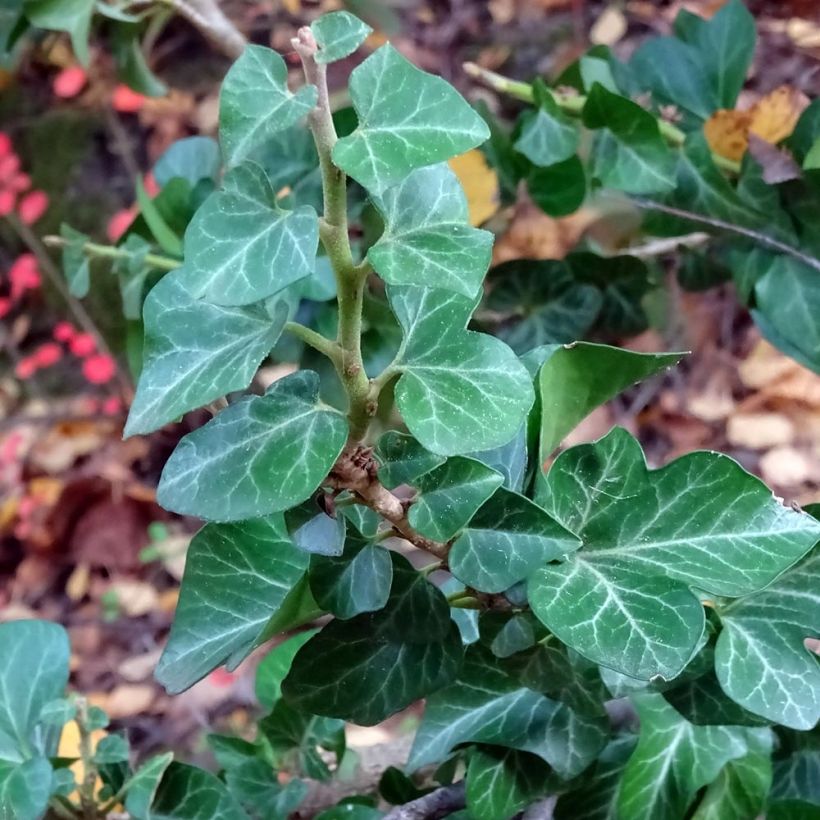

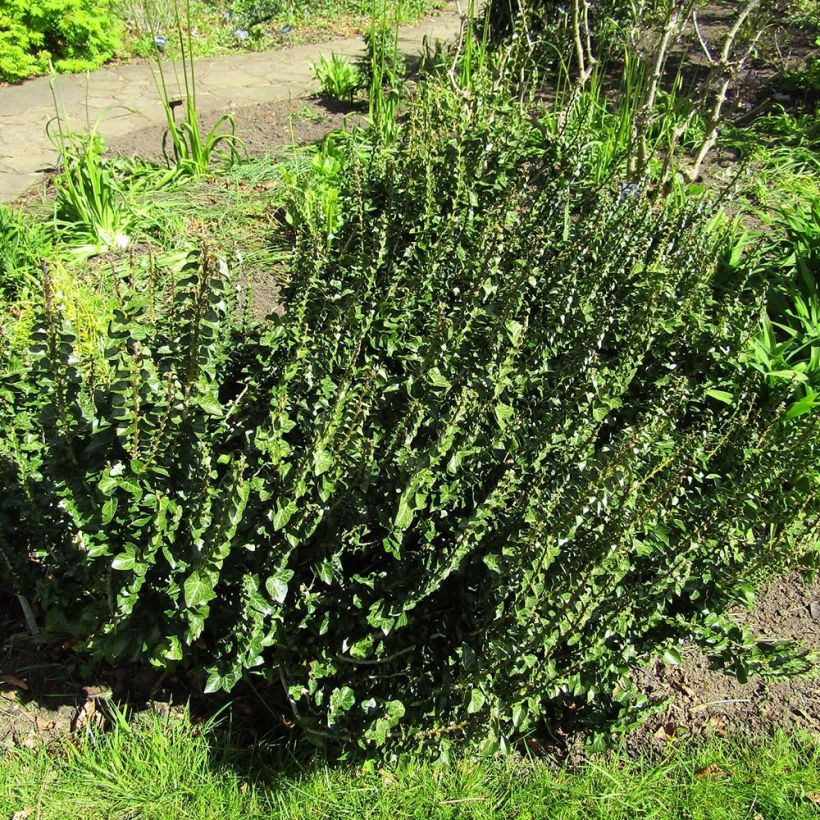

Plant habit
Flowering
Foliage
Botanical data
Hedera
helix
Erecta
Araliaceae
English Ivy, Common Ivy
Cultivar or hybrid
Other Hedera - Ivy
View all →Planting and care
Hedera helix 'Erecta', which is easy to cultivate in ordinary soil, can be planted all year round. It is very tolerant of the presence of limestone or clay if the soil is well cultivated, and highly resistant to drought once established. It will thrive in both sun (not scorching) and partial shade (east-facing or under sparsely populated trees) or in dense shade. Preferably, plant it in a partially shaded area sheltered from cold winds to help it establish itself, and monitor watering during the first 2 years following planting, especially during dry summers. Don't hesitate to rejuvenate the base by removing old branches. If desired, regularly prune to shape it. Remove any branches that have leaves with a different appearance or those that take on a creeping or climbing form.
For container cultivation, mix 7 parts ordinary soil, 3 parts compost, and 2 parts sand. Water regularly and apply fertiliser every month during the growing season. Keep the substrate moist, but not waterlogged.
Planting period
Intended location
Care
Planting & care advice
This item has not been reviewed yet - be the first to leave a review about it.
Similar products
Haven't found what you were looking for?
Hardiness is the lowest winter temperature a plant can endure without suffering serious damage or even dying. However, hardiness is affected by location (a sheltered area, such as a patio), protection (winter cover) and soil type (hardiness is improved by well-drained soil).

Photo Sharing Terms & Conditions
In order to encourage gardeners to interact and share their experiences, Promesse de fleurs offers various media enabling content to be uploaded onto its Site - in particular via the ‘Photo sharing’ module.
The User agrees to refrain from:
- Posting any content that is illegal, prejudicial, insulting, racist, inciteful to hatred, revisionist, contrary to public decency, that infringes on privacy or on the privacy rights of third parties, in particular the publicity rights of persons and goods, intellectual property rights, or the right to privacy.
- Submitting content on behalf of a third party;
- Impersonate the identity of a third party and/or publish any personal information about a third party;
In general, the User undertakes to refrain from any unethical behaviour.
All Content (in particular text, comments, files, images, photos, videos, creative works, etc.), which may be subject to property or intellectual property rights, image or other private rights, shall remain the property of the User, subject to the limited rights granted by the terms of the licence granted by Promesse de fleurs as stated below. Users are at liberty to publish or not to publish such Content on the Site, notably via the ‘Photo Sharing’ facility, and accept that this Content shall be made public and freely accessible, notably on the Internet.
Users further acknowledge, undertake to have ,and guarantee that they hold all necessary rights and permissions to publish such material on the Site, in particular with regard to the legislation in force pertaining to any privacy, property, intellectual property, image, or contractual rights, or rights of any other nature. By publishing such Content on the Site, Users acknowledge accepting full liability as publishers of the Content within the meaning of the law, and grant Promesse de fleurs, free of charge, an inclusive, worldwide licence for the said Content for the entire duration of its publication, including all reproduction, representation, up/downloading, displaying, performing, transmission, and storage rights.
Users also grant permission for their name to be linked to the Content and accept that this link may not always be made available.
By engaging in posting material, Users consent to their Content becoming automatically accessible on the Internet, in particular on other sites and/or blogs and/or web pages of the Promesse de fleurs site, including in particular social pages and the Promesse de fleurs catalogue.
Users may secure the removal of entrusted content free of charge by issuing a simple request via our contact form.
The flowering period indicated on our website applies to countries and regions located in USDA zone 8 (France, the United Kingdom, Ireland, the Netherlands, etc.)
It will vary according to where you live:
- In zones 9 to 10 (Italy, Spain, Greece, etc.), flowering will occur about 2 to 4 weeks earlier.
- In zones 6 to 7 (Germany, Poland, Slovenia, and lower mountainous regions), flowering will be delayed by 2 to 3 weeks.
- In zone 5 (Central Europe, Scandinavia), blooming will be delayed by 3 to 5 weeks.
In temperate climates, pruning of spring-flowering shrubs (forsythia, spireas, etc.) should be done just after flowering.
Pruning of summer-flowering shrubs (Indian Lilac, Perovskia, etc.) can be done in winter or spring.
In cold regions as well as with frost-sensitive plants, avoid pruning too early when severe frosts may still occur.
The planting period indicated on our website applies to countries and regions located in USDA zone 8 (France, United Kingdom, Ireland, Netherlands).
It will vary according to where you live:
- In Mediterranean zones (Marseille, Madrid, Milan, etc.), autumn and winter are the best planting periods.
- In continental zones (Strasbourg, Munich, Vienna, etc.), delay planting by 2 to 3 weeks in spring and bring it forward by 2 to 4 weeks in autumn.
- In mountainous regions (the Alps, Pyrenees, Carpathians, etc.), it is best to plant in late spring (May-June) or late summer (August-September).
The harvesting period indicated on our website applies to countries and regions in USDA zone 8 (France, England, Ireland, the Netherlands).
In colder areas (Scandinavia, Poland, Austria...) fruit and vegetable harvests are likely to be delayed by 3-4 weeks.
In warmer areas (Italy, Spain, Greece, etc.), harvesting will probably take place earlier, depending on weather conditions.
The sowing periods indicated on our website apply to countries and regions within USDA Zone 8 (France, UK, Ireland, Netherlands).
In colder areas (Scandinavia, Poland, Austria...), delay any outdoor sowing by 3-4 weeks, or sow under glass.
In warmer climes (Italy, Spain, Greece, etc.), bring outdoor sowing forward by a few weeks.































